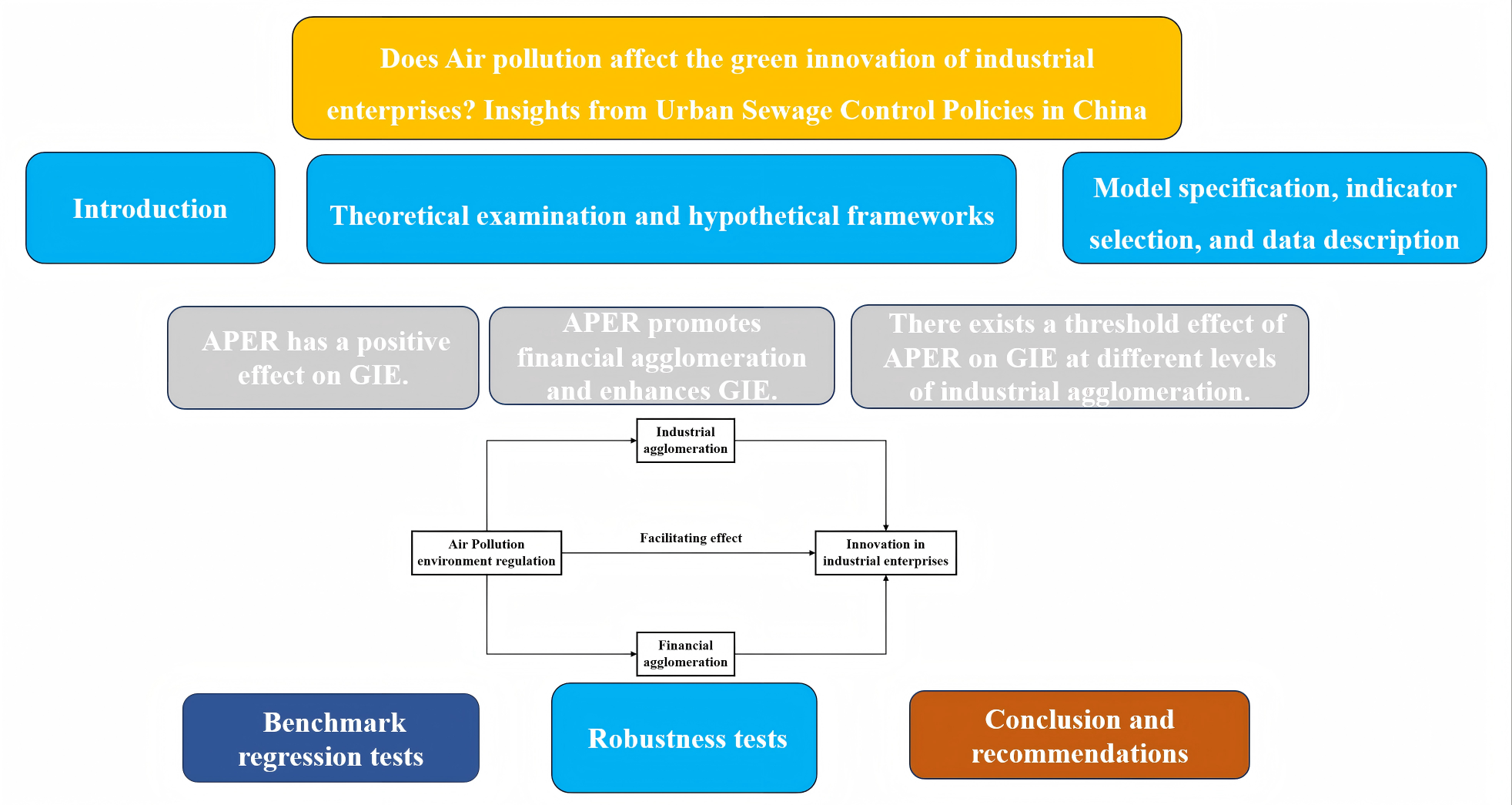
Environmental protection and technological innovation are key strategies for transforming economic development and have long been a focus of research. Environmental regulation plays a vital role in addressing the externalities of environmental governance and fostering corporate innovation. This study analyzes panel data from 28 manufacturing sectors in Shandong Province over the period from 2012 to 2023. It assesses the changes in environmental regulation levels that industrial firms face, focusing on pollution reduction initiatives under China's emission control policies from the 12th to the 14th Five-Year Plans. Using the System GMM method, the study investigates the impact and mechanisms of air pollution environmental regulation (APER) on the efficiency of green innovation (GIE) in industrial enterprises, while also considering the spatial and temporal dynamics of air pollution. The results show that WPER significantly enhances GIE at the 1% significance level. Threshold analysis reveals a notable double-threshold effect of industrial agglomeration on the influence of APER on green innovation efficiency. Specifically, when industrial agglomeration is below a certain threshold, APER promotes industrial innovation. However, when the industrial agglomeration surpasses another threshold, the positive effect of APER on GIE diminishes. This study provides valuable insights into the effectiveness of APER in tackling environmental pollution and offers policy recommendations for promoting corporate innovation and balanced environmental development.
Total file downloads: 18